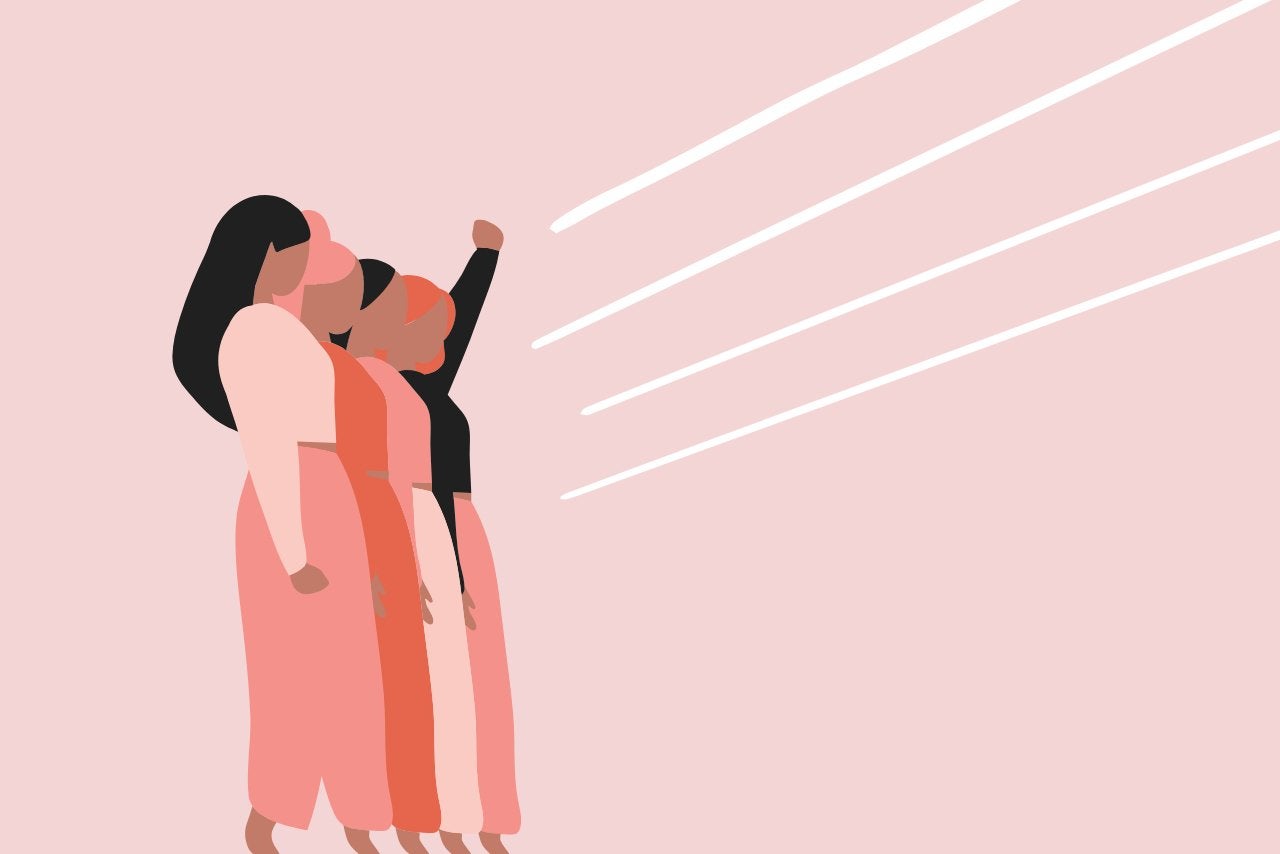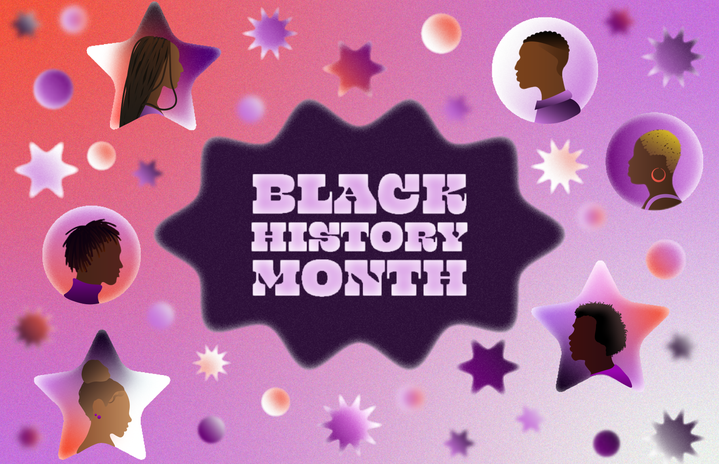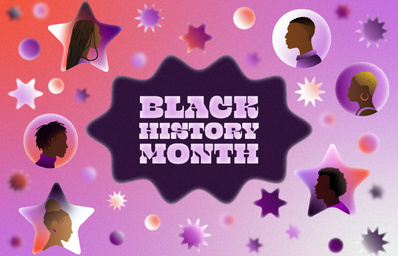As February begins, we welcome a number of things: the start of a new semester, arguably the most romantic holiday to have ever been created by card companies, and black history month. Of course, a month is something shy of real systematic change towards racial equality, but there’s nothing wrong with taking it for what it is: a way to honor black trailblazers. The telling of black stories often remains a male-dominated space, so today, I want to honor two women whose stories often go unsung.

Claudette Colvin
Middle school English classes were the best times of my life. As much as I love writing, reading was what I was good at, it was my first love. We were assigned to read “Claudette Colvin: Twice Toward Justice” by Phillip Hoose, probably during a February, and probably only to satisfy our parents–most, if not all, were black or brown. To this day, that book has always stuck with me. The book told the story of then-15-year-old Claudette Colvin.
On March 2nd, 1955, Claudette Colvin pioneered a movement much bigger than herself by refusing to give up her seat on the bus. She was the first to do it–and as we know, not the last. There are a number of reasons that many people today don’t know her story, beginning and ending with the fact that she didn’t fit a politically consumable profile. Rosa Parks had lighter skin, less textured hair, was well known, and was older–Colvin was none of these things. In short, colorism was just as important a factor back then as it is today when it comes to the kind of black people that are allowed to take up space. In a time where young people today play critical roles in political movements, hers is an important story to tell and remember. Claudette Colvin paved a road for us, and we as young activists should seize it, and make right the injustices she was done by continuing to do better.

Daisy Bates
Daisy Bates is another woman without whom the Civil Rights Movement would not be the same without. Bates was a key player when it came to the active desegregation of Arkansas schools, and her story may seem somewhat more familiar if you have heard of the Little Rock Nine.
After the Supreme Court case Brown vs Board of Education, schools were forced to desegregate, but it wasn’t unheard of for black students to still be refused from all-white schools. To combat this, Bates and her husband ran a newspaper in which they would regularly publish articles about said schools. Bates was eventually put in charge of organizing the black students who would be projects of integration, one such group being the Little Rock Nine in 1957. It was a particularly volatile and dangerous time for these students, who would be abused and assaulted by protesters both physically and verbally. Bates did her best to take this in stride and protected these students to the best of her abilities while personally taking them to school.



